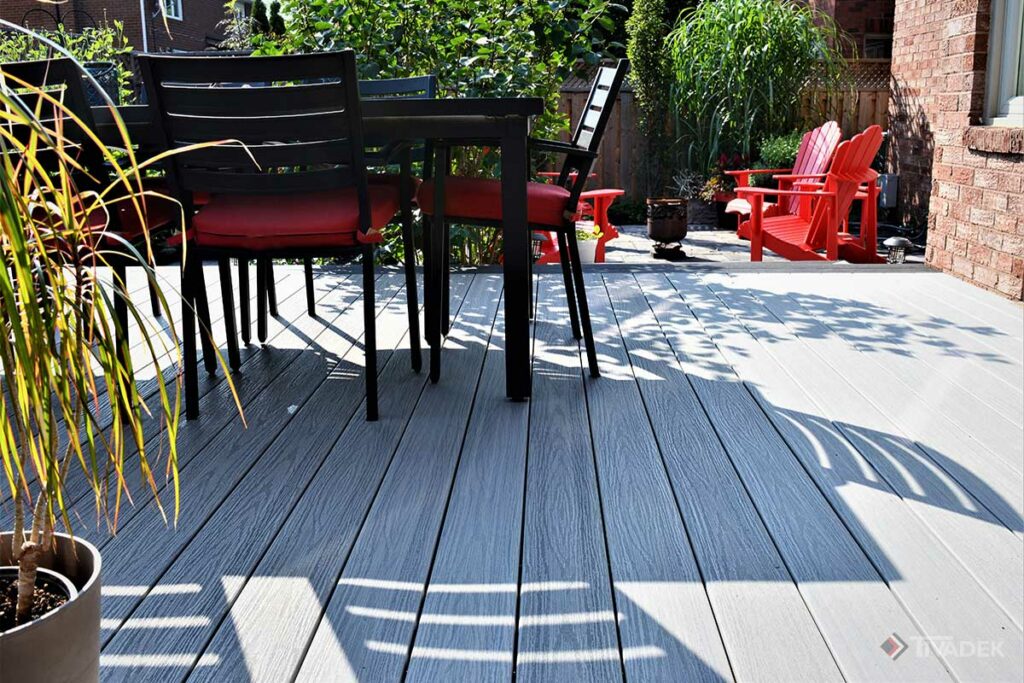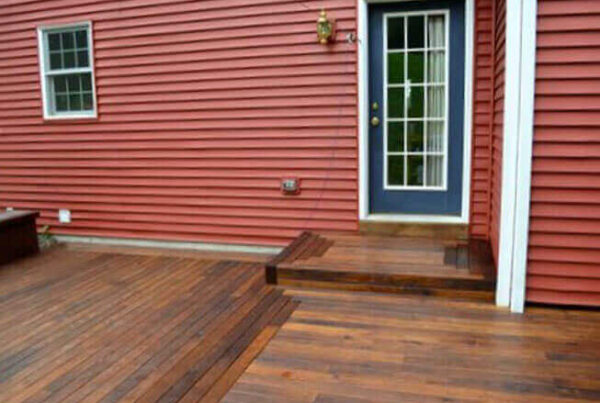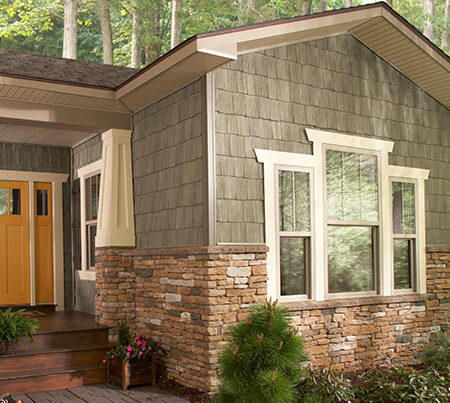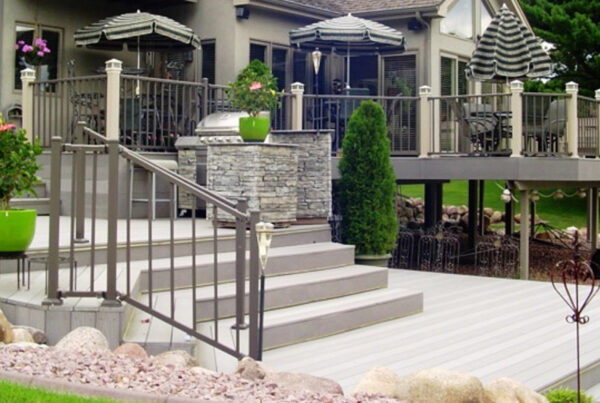Protecting your MoistureShield composite deck from pests ensures its long-term durability and pristine appearance. While composite materials are resistant to most pest-related issues, there are still precautions you can take to avoid unwanted infestations. Here are several steps you can follow to keep your deck safe from pests:
1. Regular Cleaning
Maintaining a clean deck is one of the simplest ways to prevent pests. Organic debris such as leaves, dirt, and food remnants can attract insects, rodents, or other pests. Sweep the deck frequently and hose it down with water to remove any accumulated debris. By eliminating potential food sources or shelter, you deter pests from settling on your deck.
2. Ensure Proper Ventilation and Drainage
Even though MoistureShield composite decking is resistant to moisture, ensuring proper ventilation and drainage is crucial. Pests are attracted to moist, dark areas, and poor drainage can create standing water, which may draw insects. By allowing airflow beneath your deck and ensuring water drains properly, you reduce the likelihood of pest infestations and prevent mold or mildew growth that can attract bugs.
3. Use Pest-Repellent Solutions
Consider adding eco-friendly pest-repellent products around your deck, particularly in crevices or gaps where pests might nest. Natural pest repellents such as citronella, lavender, or neem oil can be effective without harming the environment or your deck. These solutions are non-toxic, making them safe for pets and children, while still repelling ants, spiders, and other insects.
4. Seal Gaps and Crevices
Small gaps or cracks between the deck boards and around the deck frame can serve as entry points for pests. Regularly inspect your deck and seal any visible gaps with an appropriate sealant or caulking material. This creates a physical barrier, preventing pests like insects, rodents, and birds from creating nests or burrows within these areas. This simple step will help keep your deck pest-free and maintain its structural integrity.
5. Maintain Surrounding Landscaping
The landscaping around your deck can also contribute to pest issues. Overgrown shrubs, bushes, or trees that brush up against the deck can provide a bridge for insects to access your outdoor living area. Trim any plants or branches near the deck to prevent them from encroaching on the space. Additionally, avoid placing mulch or compost piles too close to your deck, as these can be attractive to insects.
6. Use MoistureShield’s Unique Properties to Your Advantage
One of the key benefits of MoistureShield composite decking is its inherent resistance to moisture and pests. Unlike traditional wood, composite decking is less likely to attract termites, carpenter ants, or other wood-damaging insects. By combining proper cleaning and maintenance with the natural pest-resistant properties of MoistureShield decking, you create a durable, low-maintenance outdoor space that can withstand the test of time.
Conclusion
Protecting your MoistureShield composite deck from pests requires proactive maintenance, including regular cleaning, proper drainage, sealing gaps, and maintaining the surrounding landscape. By following these best practices, you can ensure that your composite deck remains pest-free and beautiful for years to come. Sherwood Lumber offers top-quality MoistureShield products to help you create a durable, pest-resistant deck that enhances your outdoor living space.











